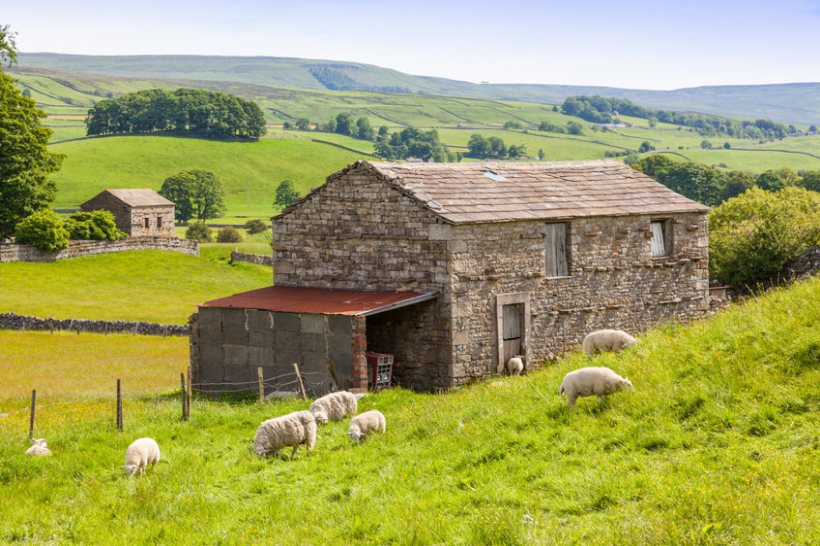
A little known element of the Permitted Development Rights allows farmers to apply to change the use of an agricultural building to enable it to be utilised for a variety of commercial purposes.
Well over half of UK farmers and landowners have already embarked upon a diversification project to generate separate income streams and spread their business risk.
Whether a farm shop, commercial or residential property, holiday lets, glamping or delivery, making best use of buildings is one way to ensure farmers remain profitable.
However, they may not realise that a little-known planning rule - called the Class R order - allows them to maximise these opportunities.
Reminding farmers and landowners about it, land agency Galbraith says criteria on which Class R applications are judged are relatively straightforward.
Galbraith has been successful in obtaining Class R change of use for several of its clients, including one landowner who converted timber agricultural buildings into C1 guest house use, to be used as a B&B.
This allowed for an additional income stream to be generated and increased the capital value of the former agricultural building.
As part of Class R's criteria, buildings need to have been in sole agricultural use on 3 July 2012, or last use prior to that date, and the total floor area must not exceed 500 square metres.
Listed buildings and scheduled monuments cannot be assessed under the Class R rule, Galbraith says, but otherwise the only exemptions are that the building must not form part of a safety hazard area and must not be within a military explosives storage area.
Buildings situated within a National Park, Area of Outstanding Natural Beauty or a Special Area of Conservation are permitted within the rule.
There are two types of application within Class R, each with a slightly different process to follow, depending on the size of the building.
"Once the change of use has been established, the new use can be commenced immediately," Galbraith explains.
"For example, if the change of use is for basic storage within a former agricultural building then it is unlikely that any building works will be required."
The land agency adds it is important for farmers to note that permitted development rights do not allow for any operational development.
Therefore, if any building works are required, a full planning application will need to be submitted to the local planning authority for approval.
"The benefits of Class R compared to the better-known Class Q application are that there is no requirement for the building to be structurally capable of conversion," Galbraith explains.
"The building can be located within a land designation (such as an Area of Outstanding Natural Beauty), and the number of parameters that the application is assessed against is lower, especially if the floor area is less than 150 square metres."
The advantage of this process is that it is much simpler than applying for planning consent, Galbraith explains, as a decision will usually be issued within a 56-day timeframe.
It says a further advantage is that once the initial change of use has been approved under the Class R route, this can assist in redeveloping further buildings on the site because the principal of a new use has been established.
